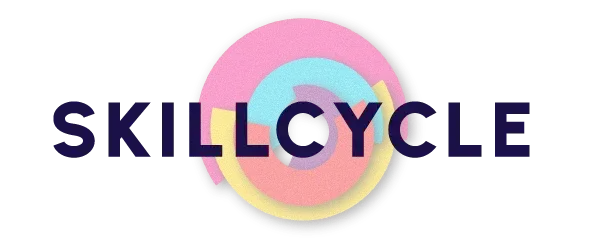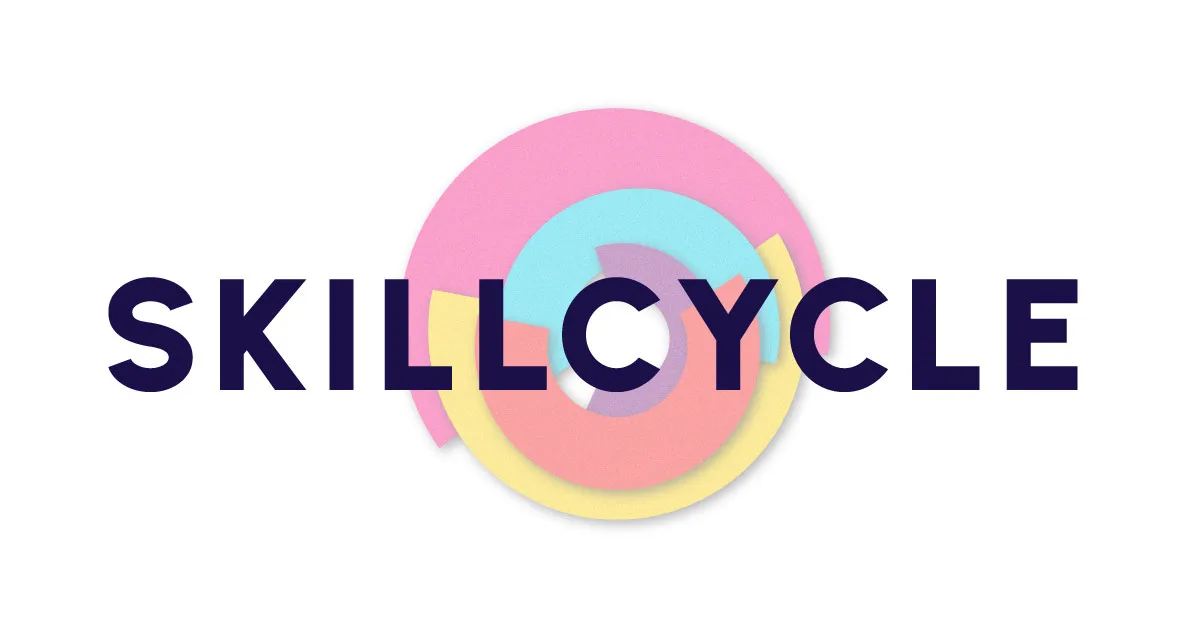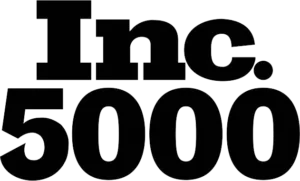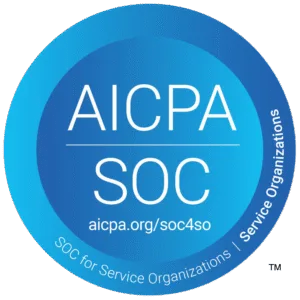Aligning Employee Goals and Objectives with Company Goals for High Performance
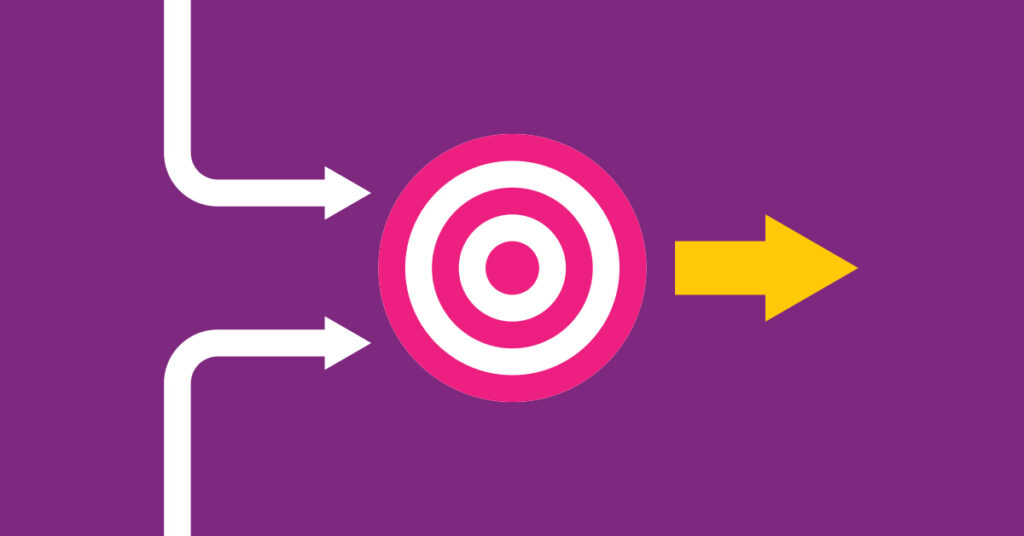
Aligning Employee Goals and Objectives with Company Goals for High Performance Sep 26th, 2025 – By Rebecca Taylor, CCO and Co-founder of SkillCycle Setting clear and achievable employee goals is foundational to driving productivity and motivation in any organization. However, leaders should also ensure employee performance goals are tied to broader company objectives for the greatest […]
Finding a Balance: Technical Skills vs Soft Skills in the Workplace
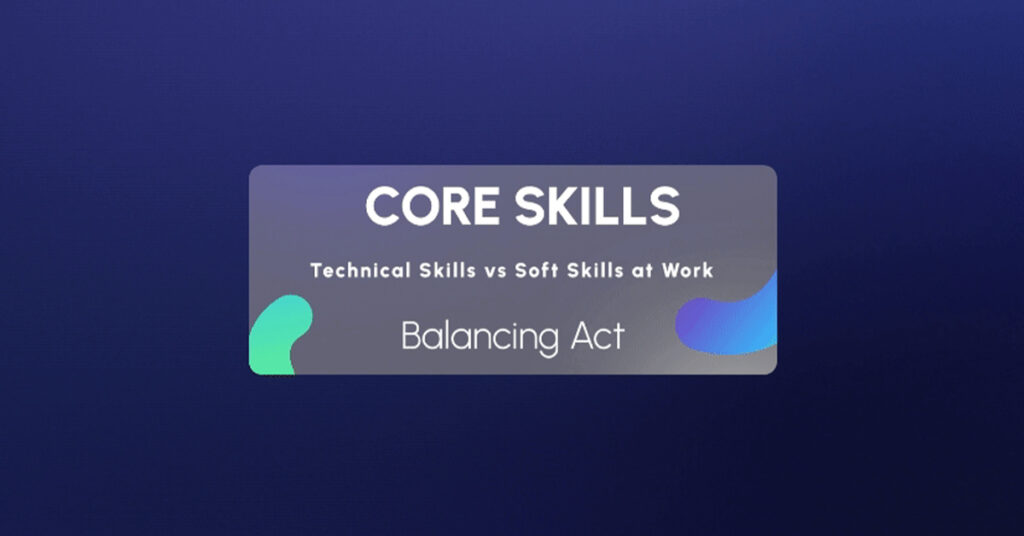
Finding a Balance: Technical Skills vs Soft Skills in the Workplace May 1st, 2025 – SkillCycle https://www.skillcycle.com/wp-content/uploads/2024/04/Sequence-01.mp4#t=1 Embracing a focus on skills can enhance your company’s adaptability to market changes and innovation. Yet, many employers struggle to balance technical skills vs. soft skills as they develop their teams and recruit new hires. “Some companies are already […]
Why Human Skills Are More Important Than Hard Skills at Work
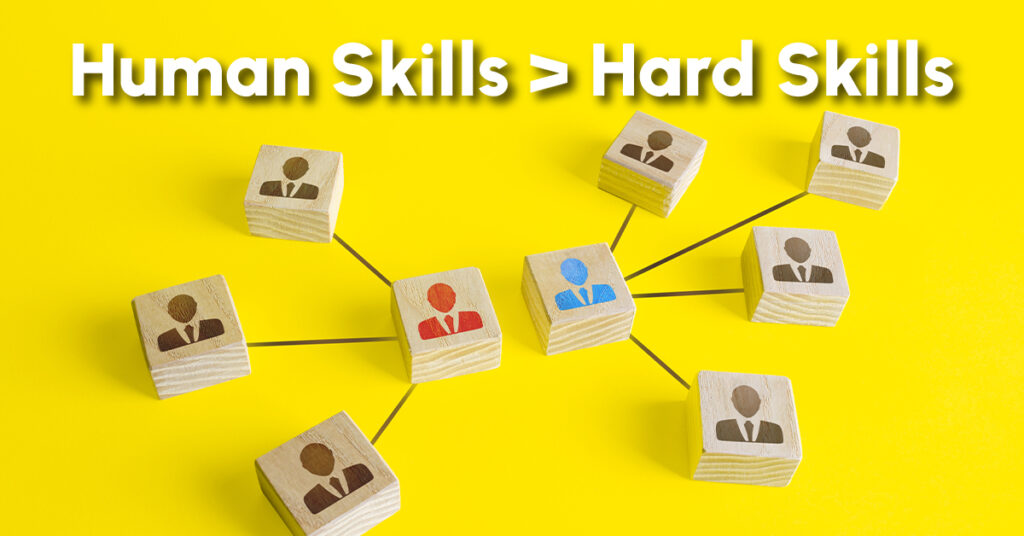
Why Human Skills Are More Important Than Hard Skills at Work April 30th, 2025 – SkillCycle https://www.skillcycle.com/wp-content/uploads/2024/03/Sequence-02.mp4#t=1 As technological advances continue to influence our workplaces, the skills required to master those technologies are going to change rapidly. Companies will need to prioritize human skills such as communication, leadership, adaptability, collaboration, coaching, empathy, and emotional intelligence. “We’re […]
Skills Inventory: What It Is, Why It Matters and Examples
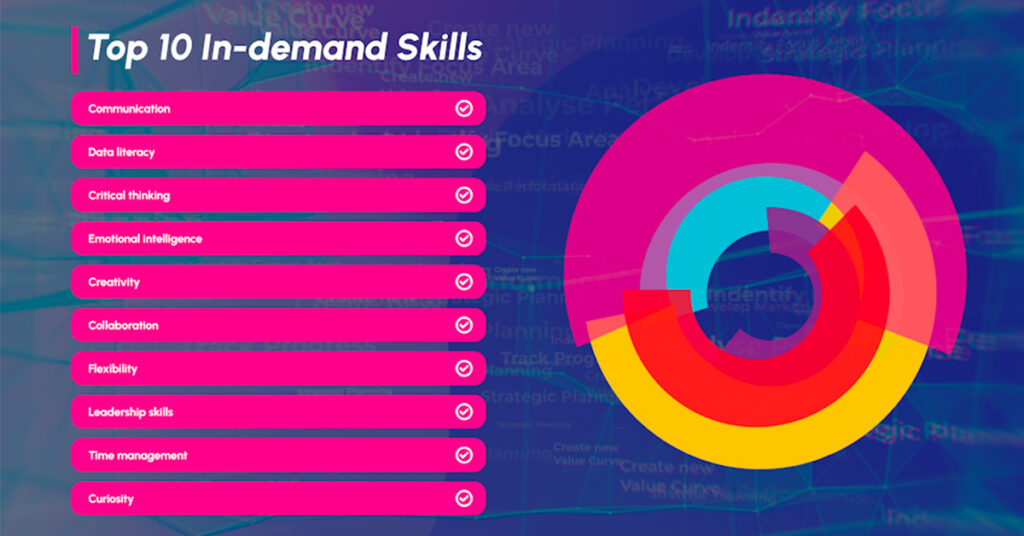
Skills Inventory: What It Is, Why It Matters and Examples April 28th, 2025 – SkillCycle https://www.skillcycle.com/wp-content/uploads/2024/03/Sequence-03.mp4#t=1 As companies grow and develop, there is an increasing need to build skills to navigate new business challenges. Creating a skills inventory should be the first step for organizations to gain clarity on their current positioning and needs. “A skills […]
Preparing for the Future: The Value of Learning Agility
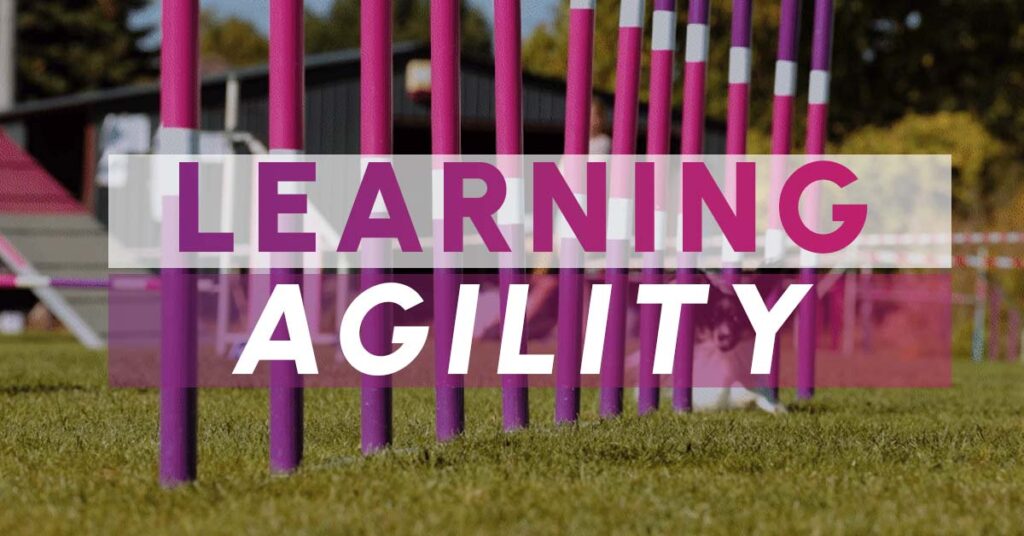
Develop and Improve Learning Agility for the Modern Workplace April 26th, 2025 – SkillCycle https://www.skillcycle.com/wp-content/uploads/2024/04/Sequence-03_1.mp4#t=1 While a skilled workforce has always held value, how we work is shifting so quickly that the ability to learn new things stands apart as a way to prepare for the future. This adaptability, or learning agility, allows people to […]
6 Benefits of Coaching in the Workplace: Purpose & When to Use

6 Benefits of Coaching in the Workplace: Purpose & When to Use April 25th, 2025 – SkillCycle Coaching helps employees tackle challenges, progress toward goals, and offer their highest contributions at work while also boosting learning agility in the workplace, the ability to pick up new skills and apply them quickly. That matters because why […]
How To Stay Focused at Work: Leading Through Turbulence

How To Stay Focused at Work: Leading Through Turbulence November 11th, 2024 – By Rebecca Taylor, CCO and Co-founder of SkillCycle Leadership is about more than strategy and financial decisions; these are also the people employees look to for stability during a crisis or disruption. When upheaval occurs, leaders must balance supporting employees while modeling […]
Navigating the Noise: Filtering Different Types of Feedback

Navigating the Noise: Filtering Different Types of Feedback Sep 27th, 2025 – By Jeff Reid, COO & CPO of SkillCycle Employees often have mixed feelings when their managers and leaders start providing more feedback on the job. Why? Evaluating different types of feedback can be tricky, especially if you’re not accustomed to hearing so much […]
Future-Proofing With AI-Driven Performance Management Tools

Future-Proofing Workforces With AI-Driven Performance Management in 2025 October 17th, 2025 – By Jeff Reid, COO & CPO of SkillCycle Performance management is evolving fast. Hybrid work, shifting priorities, and skills gaps demand clearer visibility and faster coaching loops. This is where AI in performance management becomes practical. Used well, AI performance management tools turn […]
Moving Beyond Compliance: Employee Engagement Ideas

Moving Beyond Checking Boxes: Employee Engagement Ideas October 15th, 2024 – By Andrew Hibschman, VP of Customer Success with SkillCycle Many organizations introduce performance management systems with the best intentions to set clear expectations and track employee progress. They develop employee engagement ideas to keep teams connected, but rarely connect them to performance goals. However, […]
